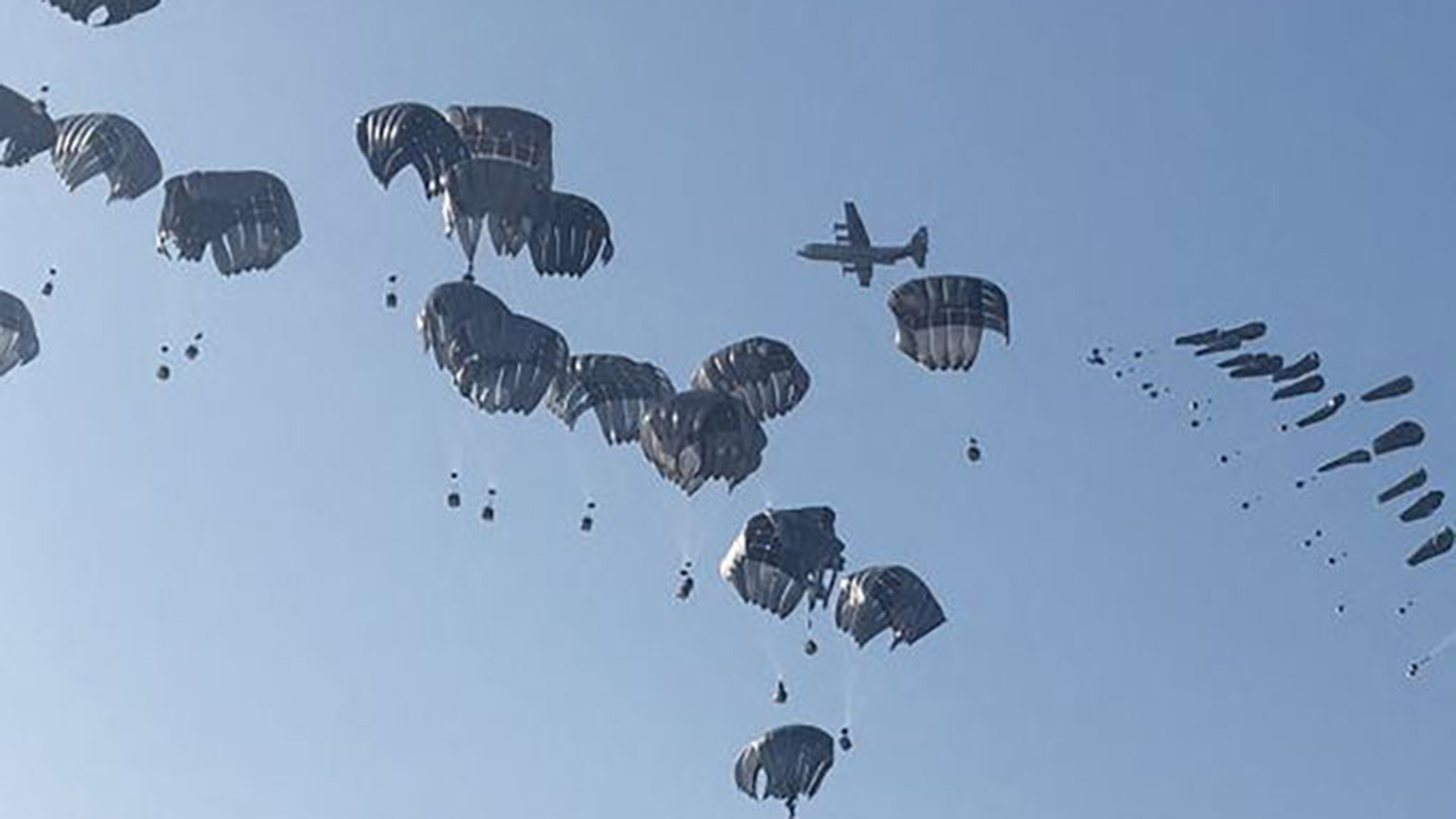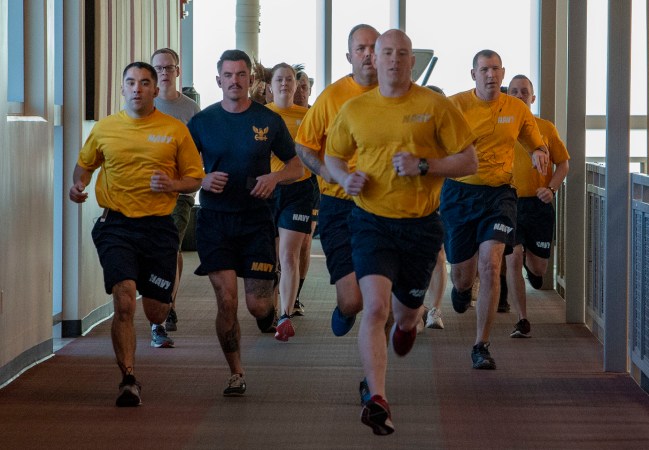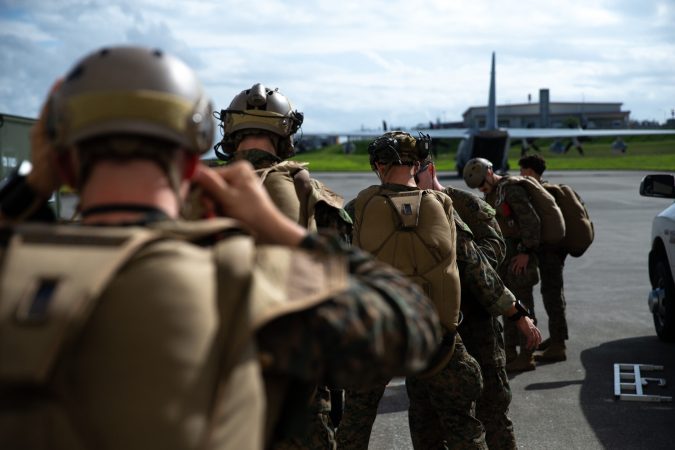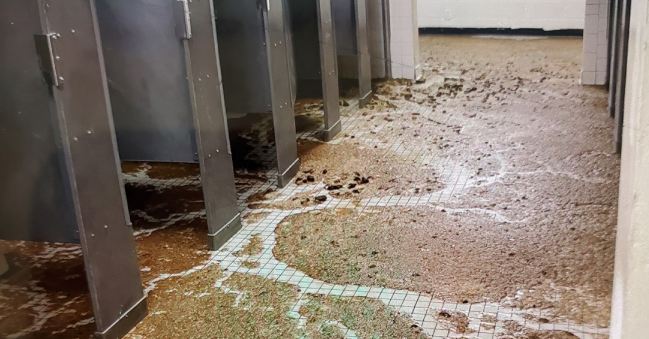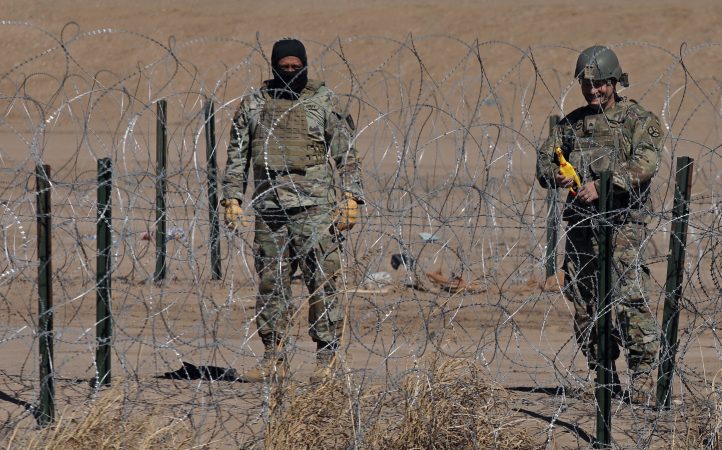The thousands of meals that U.S. C-130 cargo planes dropped onto a beach in Gaza included many that U.S. troops would recognize like spaghetti with beef sauce, chili with beans, and chicken noodles in vegetable sauce, according to a video shared on X.
The weekend airdrop of relief supplies to the beleaguered population inside Gaza was more than 38,000 military-grade Meals Ready to Eat, or MREs, according to the Pentagon. The drop did not include bulk quantities of staples like rice, flour, or prepackaged Humanitarian Daily Rations, or HDRs, whose nutritional content is specifically designed to reach malnourished people.
Each HDR contains at least 2,200 calories, compared to the 1,300 calories in an MRE, according to a U.S. Army pamphlet on Defense Department rations. An individual HDR includes enough nutritional value to sustain a moderately malnourished person for a day. The nutritional value of an individual HDR breaks down to roughly 10-13% protein, 27-30% fat, and at least 60% carbohydrates.
“In order to provide the widest possible acceptance from the variety of potential consumers with diverse religious and dietary restrictions from around the world, the HDR contains no animal products or animal by-products, except that minimal amounts of dairy products are permitted,” the pamphlet says.
Subscribe to Task & Purpose today. Get the latest military news and culture in your inbox daily.
Instead, the U.S. military dropped more than 38,000 MREs over Gaza because the rations were immediately available in military stocks. U.S. officials said they prioritized getting food to Palestinians as quickly as possible in the mission, Pentagon Deputy Press Secretary Sabrina Singh told reporters on Monday.
“This was something that we were able to pull from our stocks,” Singh said. “At the time, we needed to get meals there as quickly as we can. I think we’re looking at all options. As you can appreciate: This is the first, initial airdrop. We are doing everything possible that we can get food into the region by all means necessary. This was just one opportunity where we were able to drop these MREs in.”

The MREs were selected to abide by local cultural sensitives, and all had high-calorie contents, Singh said at a Pentagon media event,
While the MREs that the U.S. military has have a lot of calories, the food’s nutritional value may not be sufficient for Palestinians, especially for people with different dietary requirements, allergies, and other medical issues, said Tahani Mustafa, the senior Palestine analyst for the International Crisis Group, an independent research and advocacy group that works to prevent wars and shape peace.
“We just saw a recent case of a young child who had just recently died due to lack of access to foods because he had a brain condition, which meant he was only allowed to eat some types of foods,” Mustafa told Task & Purpose on Monday. “He basically died emaciated.”
Another issue relief planners face is extremely short supplies of potable water in Gaza, said Mustafa, who added that Palestinians also have limited fuel to boil water. MREs are generally designed to be consumed with a water source.
In addition to the water shortage, people in Gaza also have been unable to get basic staple foods, including flour, rice, and canned goods, Mustafa said. When those foods are available, they are often sold at high prices.
High Winds Scatter Pallets
Scenes of the video and Pentagon descriptions of the drop paint the picture of a difficult air supply operation as crews contended with high winds without the aid of ground spotters.
Videos show pallets caught in high winds while under their parachute canopies. Though most appear to have been released over open water, many slung far up onto nearby beaches in the wind.
U.S. aircrews in cargo planes routinely practice dropping cargo onto drop zones but commonly call off drops in high winds for safety reasons. And while the U.S. military usually has trained spotters on the ground to coordinate airdrops and secure landing zones, Pentagon officials insist no U.S. troops are on the ground in Gaza, including for the drop.
Video shared on social media appears to show some of the MREs landing in the surf just off the beach, Singh said defense officials believe people on the ground were able to recover all the pallets
The Defense Department plans to airdrop more supplies over Gaza, she said.
“By no means do we think 38,000 meals is enough to feed the people in Gaza,” Singh said. “We’re continuing to work to provide more aid.”
President Joe Biden announced on March 1 that the United States would begin airdropping supplies into Gaza following an incident the day before in which more than 100 Palestinians were killed as they gathered around food aid trucks.
Attempts to rely on local tribes for security at food distribution points in Gaza have not worked, said Mustafa, who added, “The entire distribution system has just been a complete and total failure.”
The latest on Task & Purpose
- Sailors at Norfolk will be locked out of their rooms if they fail inspection
- Army Reserve colonel allegedly pocketed $62,000 in fake rental property scheme
- Army quietly dropped 5-mile run requirement from airborne school in 2018
- Alaska paratroopers get a secret weapon for the arctic: beards
- Army will add 17 air defense units while cutting 24,000 active duty spots

